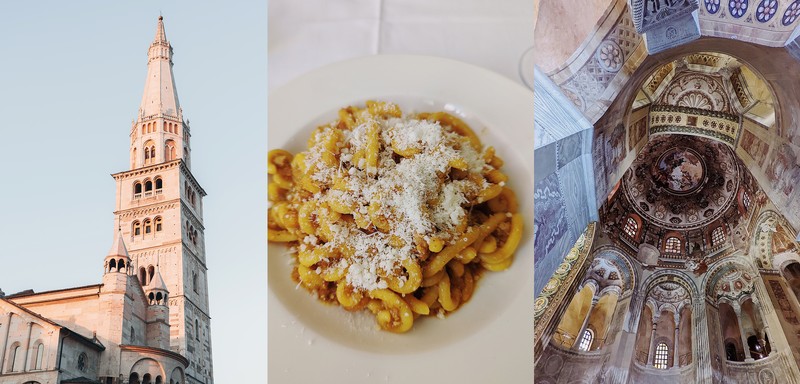
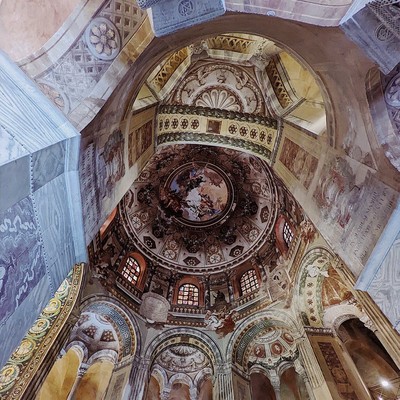
How To Do A Great Trip In Emilia-Romagna
RAVENNA
What To See & Do
Ravenna is a coastal resort in the north-east of Italy. This bijou medieval town is well worth spending two or three days in and, once you’re parked up, is extremely walkable. We recommend getting a combined pass, which will grant you access to Ravenna’s most impressive sights (we suggest booking this online to avoid the huge queue for tickets we saw at the tourist information bookshop). And there are many, not least the eight 5th- and 6th-century Unesco World Heritage sites, which are a collection of incredibly beautiful Byzantine basilicas and churches, each decorated in vibrant, intricate mosaics. We recommend starting with Basilica St Vitale at around 10am, before it starts to get busy. Word has it that after Gustav Klimt visited Ravenna in 1903 and began his series of famous gold works and, stepping inside the basilica, it’s not hard to see why. Soaring, gilded and home to the largest Byzantine mosaics outside of Istanbul, this is a striking place to start. Next door, the Mausoleum Galla Placidia is the earliest of all the sites. A tiny version of the basilica, it gives visitors an up-close look at its impressive cobalt blue mosaics, which are topped by a dome of golden stars.
Across town, brightly coloured frescos of virgins and martyrs adorned the walls of St Apollinare Nuovo. A ten-minute walk away, you’ll find the Chapel of St Andrew in the Archiepiscopal Museum. Among the artefacts, you’ll see the ivory throne of Maximian, a marble Easter calendar, the mosaics from the apse of Basilica of St Ursus and some modern-day altarpieces. Just over the road is the Neonian Baptistery, an impressive octagonal place of worship.
Other glittering sites in Ravenna include Basilica di San Francesco, where visitors flocks to see its flooded crypt, which is filled with goldfish that shimmer against its mosaic flooring. If you can’t get enough of the city’s mosaics, there are plenty of small shops filled with pretty souvenirs and a few of them host mosaic-making masterclasses too. We liked the look of the classes at Pixel Mosaici B&B and Koko Mosaico.
Away from the Byzantine splendour, Ravenna is also famous for Italian poet Dante Alighieri whose The Divine Comedy was written in 1320. Although he was born and lived in Florence for most of his life, he was eventually banished to and died in Ravenna – and Dante’s Tomb is one of the town’s biggest draws for tourists. No trip to the coast is complete without a visit to the beach (we liked Lido di Dante). The warm Adriatic Sea waters are well worth a dip in the summer months, and Marina di Ravenna has wonderful white sands to walk along too.
For a day trip, we heartily recommend Comacchio, a nearby town made up of 13 islands and canals. Dubbed ‘Little Venice’, we really enjoyed the archaeology museum, strolling along the waterside, admiring the pastel-coloured houses, drinking Aperol spritzes in the old town hall and tucking into a traditional lunch on board Locanda La Comacina, a restaurant on a boat. The local delicacy is eel, which is roasted and almost bacon-like, rather than jellied, and tastes excellent in pasta dishes. Your day out should also include a trip to see the large resident flock of red flamingos on the Po delta. The best places to see them are in Po Delta Park – just make sure to book a tour in advance if you want to maximise your chances of seeing the birds in all their glory.
/https%3A%2F%2Fsheerluxe.com%2Fsites%2Fsheerluxe%2Ffiles%2Farticles%2F2022%2F11%2Femilia-romagna-image-2.jpg?itok=TLywd4ps)
Where To Eat & Drink
There are lots of great places to eat in Ravenna – from modern food halls like Mercato Coperto which is crammed with local dishes to traditional trattorias with lots of local flair. Among the latter, one of our favourite spots was Ristorante Bella Venezia – which dates back to 1969 – for well-priced but excellent dishes (such as spaghetti with bottarga) in a beautiful dining room with starched white tablecloths and a well-stocked drinks trolley. Ca’ de Vèn is a lovely wine bar and restaurant in a huge medieval wine store, and there are also plenty of places for pavement dining along Via Ponte Maria – we had great pizzas at Osteria Passatelli.
Where To Stay
There aren’t any big-name hotels in Ravenna, but there are lots of well-priced rentals to suit most needs. We really rated this Airbnb, which is run by the owners of Alpine, a lovely little deli. The two-bed apartment is beautifully furnished and has a huge outdoor terrace overlooking a quiet square. Best of all, the owners stock the kitchen with wares from the shop – think welcome cookies and a bottle of wine to enjoy al fresco. Elsewhere, three-star property Hotel Palazzo Galletti Abbiosi is right in the centre of Ravenna and offers nicely designed rooms in an 18th-century palace.
BOLOGNA
What To See & Do
Bologna is the capital of Emilia-Romagna and its largest city, so make sure to leave a few days to explore. The beautiful medieval city is kitted out in terracotta buildings, with plenty of piazzas, ornate fountains and churches to get stuck into. Home to the world’s oldest university (it opened in 1088), there are several old faculties to explore, including the fascinating anatomical theatre, which was built in 1595 and its intricate wooden statues faithfully rebuilt following air raids during World War II. If you can, the Asinelli Tower – one of a pair of leaning towers right in the centre – is well worth a climb for the vistas, but the views from ground level are just as impressive – especially along some of the 25-miles of historic porticos that wind through the city.
Like many other towns in this region, there are canals to explore. Head to the northern quarter for an excellent lunch at Trattoria dal Biassanot and join the queue to peer through a small window over a bridge for the best view over the water.
Bologna is just as famous for its food (its nickname is ‘the Fat City’) as it is for its architecture and history. And if you really want to get to grips with the scene, a food tour is the way to go. Taste Bologna has a variety of options, which include everything from market tours to sunset wine tastings. Elsewhere, Secret Food Tours take their guests for traditional spaghetti alla bolognese followed by five-year-aged Parmigiano Reggiano and glasses of local wine. Cooking classes are another way to get hands on with the local cuisine. CIBO (Culinary Institute of Bologna) is one of the best and can arrange everything from three-night stays with seven cooking classes, wine tastings and accommodation provided, or a one-day masterclass for those with less time.
Just outside the city, Fico is a relative newcomer on the scene, but has already made an impact. Calling itself a food theme park, it’s part of the Eataly group and features 13 factories – where guests can see the likes of mortadella, parmesan and mozzarella being made (and, most importantly, sample them) – alongside restaurants, interactive exhibitions and guided tours. As well as food, there’s a huge area dedicated to wine and prosecco and a sizable gift shop – perfect for picking up a souvenir or two.
Where To Eat & Drink
Like many places in Italy, it’s hard to have a bad meal in much of Bologna. Just off Piazza Maggiori, there are a handful of food-focused streets including Via Pescherie Vecchi, Via Clavature and Via Degli Orefici. Known as the Quadrilatero, you’ll find everything from traditional pasta makers to vegetable stalls, no-nonsense cafes, espresso bars, trattorias, wine bars and pizza joints. Make sure to sample all the local hits – from gnoccho fritto (fried bread filled with mortadella) to piadina (flatbreads stuffed with everything from aubergine to Parma ham). We loved Bar Ferri for very simple but very reasonable and generously stuffed focaccia.
On the restaurant front, Osteria dell'Orsa is a traditional trattoria in the university quarter that’s been serving authentic tortellini since the 70s. It’s got an excellent reputation and needs to be booked in advance. We also loved family run L'Antica Pizzeria da Michele for quick but delicious pizza. In the cultural centre, we had a lovely evening in Santo Steffano. After a walk around its seven connected churches, we had a life-changing lasagne in the pretty courtyard of Il Caffe Della Corte, followed by city-famous gelato at Sorbetteria Castiglione.
Where To Stay
Corona D'Oro Hotel is right next to the restaurants and bars of Piazza Maggiore and the gigantic Basilica of San Petronio; several rooms come with incredible views over the city’s medieval towers. Housed in a 14th-century mansion, each room is designed as a one-off to make the most of the building’s historic features. For something similar in the same area, look at booking Phi Hotel Bologna. For something more laidback, B&B owner Maria Kitty’s Bologna Nel Cuoro suites next to Palazzo Belloni are well worth a stay – they have their own private kitchens for anyone wanting to rustle something up using fresh produce from the Quadrilatero.
MODENA
What To See & Do
Modena is famous for three things: Ferrari, balsamic vinegar and Luciano Pavarotti. And there’s plenty to celebrate each global phenomenon – and all can be explored in a day or two. Regardless of whether you’re a petrolhead or not, the Enzo Ferrari Museum is a must-visit. Why not combine high-octane F1 with the famous tenor? The motoring museum offer visitors the opportunity to discover the world of the Prancing Horse alongside excellent food and wines from the Modena area though its ‘Discover Ferrari & Pavarotti Land’ package. The £48 passport gets you entry to the Ferrari museums in both Maranello and Modena; entry to the Casa Museo Luciano Pavarotti Museum; and guided tours and tastings at at least two local businesses selling traditional balsamic vinegar, lambrusco wine and smoked meats.
If you’d rather do your own thing, there are plenty of food experiences to soak up. There are balsamic vinegar shops all over town and most of them offer tastings. These will vary in price and stature (some of the shops are hundreds of years old), but a decent mid-range option is Giusti on the historic Piazza Grande. The company has been making vinegar for 400 years and has dozens of options, from sweet and syrupy to fine and aged varieties. Elsewhere, Mercato Storico Albinelli is a traditional market full of enthusiastic vendors; excellent pastries and deli items can be purchased at Antica Pasticceria San Biagio, a pretty shop that dates back to the 1900s; and we had a great melon-flavoured gelato at locals’ favourite Bloom.
Away from food, there are lots of antique shops dotted across Modena and, like its neighbours, there are plenty of churches and palazzos to look around – the Roman-style Duomo is especially impressive. For a hit of culture, look at booking a ticket for the opera or ballet at the beautifully ornate Pavarotti-Freni theatre, which was renamed in honour of Modena’s most famous son in 2007, following the singer’s death.
Where To Eat & Drink
If you’re looking to go big, you need to book a table at Osteria Francescana, which is widely regarded as the best restaurant in the world. If you need a crash-course, we highly recommend watching the very first episode of Netflix’s hugely popular food programme Chef’s Table, which focuses on owner and head chef Massimo Bottura’s incredible journey to open the restaurant in his hometown. Yes, it’s a three-Michelin-starred place, but there is a real focus on flavour and incredible Modenese ingredients behind the technical dishes. This is a real treat of a restaurant.
For something more affordable, we can’t recommend Trattoria Tagliatelle highly enough. A huge group of us piled in for a traditional, multi-course family-style sharing meal which encompassed all the Emilian classics: wine, cured meats and cheeses accompanied by gnocco, a selection of fresh homemade pasta such as tortelloni with pumpkin sauce and tagliatelle with meat sauce, slow-cooked meat and vegetables, plus espresso and homemade desserts – all for £35 a head. The rustic restaurant is down an alley adjacent to the historic district – ideal for a post-lunch stroll.
Where To Stay
Phi Hotel Canalgrande is a great option in the city centre. An elegant hotel, the historic property is the former Palazzo Schedoni and dates back to 1530 when it was used as a convent. The intricate interiors are inspired by the 16th century and feature oil paintings and warm colours – all with modern facilities. For something extra special just out of town, Casa Maria Luigia is Massimo Bottura’s country hotel. In a 1700s manor house, the team offers gorgeous bedrooms with luxury beauty products, all against a contemporary art collection of Italian and international artworks, photographs and sculptures. There’s a cosy cocktail lounge, vinyl record room and family style kitchen where complimentary snacks and beverages are available during the day. Outside, there’s a wood-decked swimming pool, tennis court, walking areas, wood-burning oven and vegetable garden. We can’t imagine anywhere better to stay for a long weekend.
HOW TO GET THERE
Direct flights to Bologna run a few times a day from Heathrow, Stanstead and Gatwick. From there, hire a car – and familiarise yourself with the whereabouts of each city’s ‘limited traffic zones’ to avoid fines. Drive times between cities are only a couple of hours: Bologna to Modena is one hour; Modena to Ravenna is 90 minutes; and Bologna to Ravenna is 1 hour 15 minutes. Parma, Florence, Verona, Venice and even the south side of Lake Garda are all just a couple of hours away by car, too.
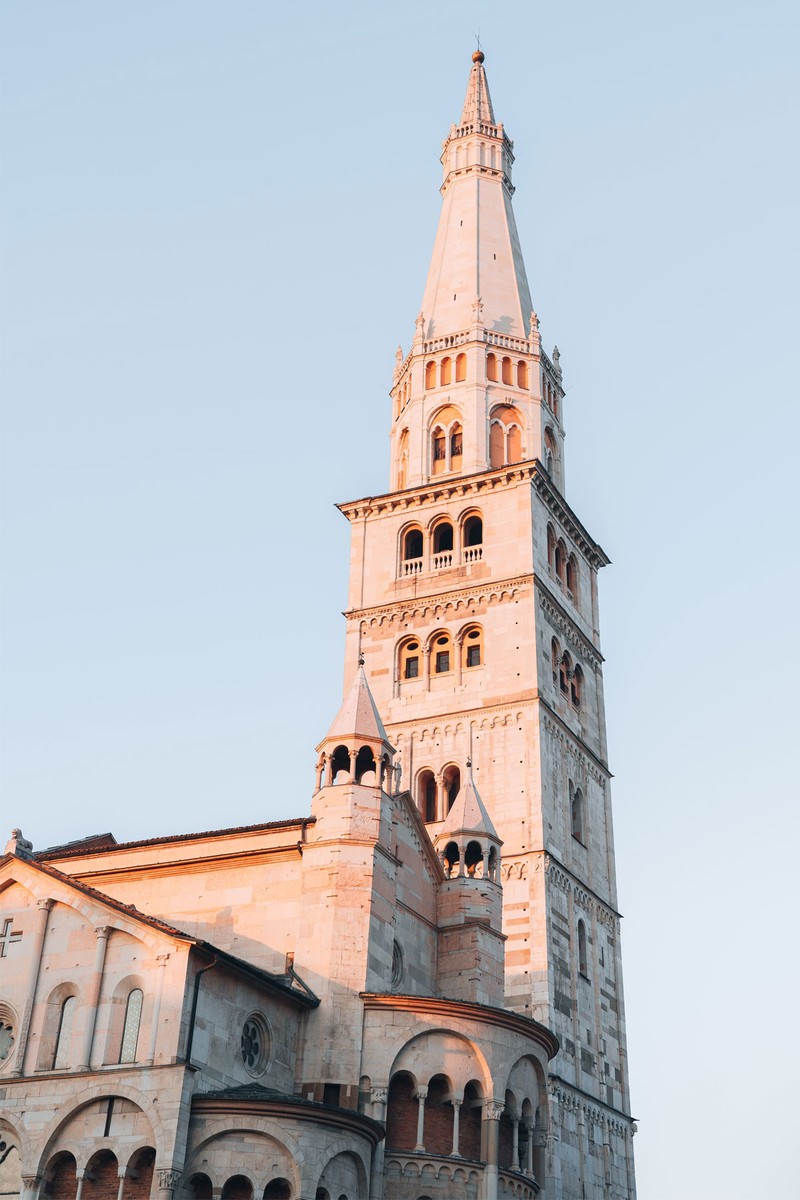
DISCLAIMER: We endeavour to always credit the correct original source of every image we use. If you think a credit may be incorrect, please contact us at info@sheerluxe.com.
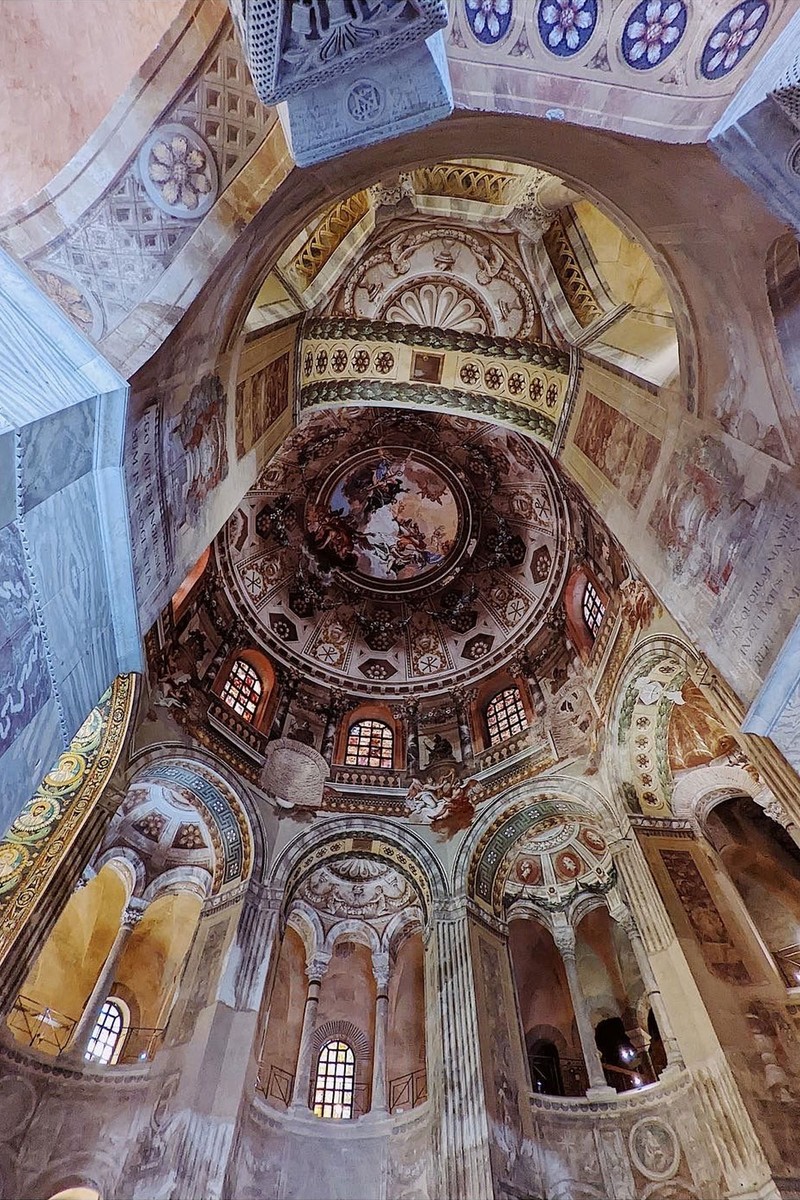
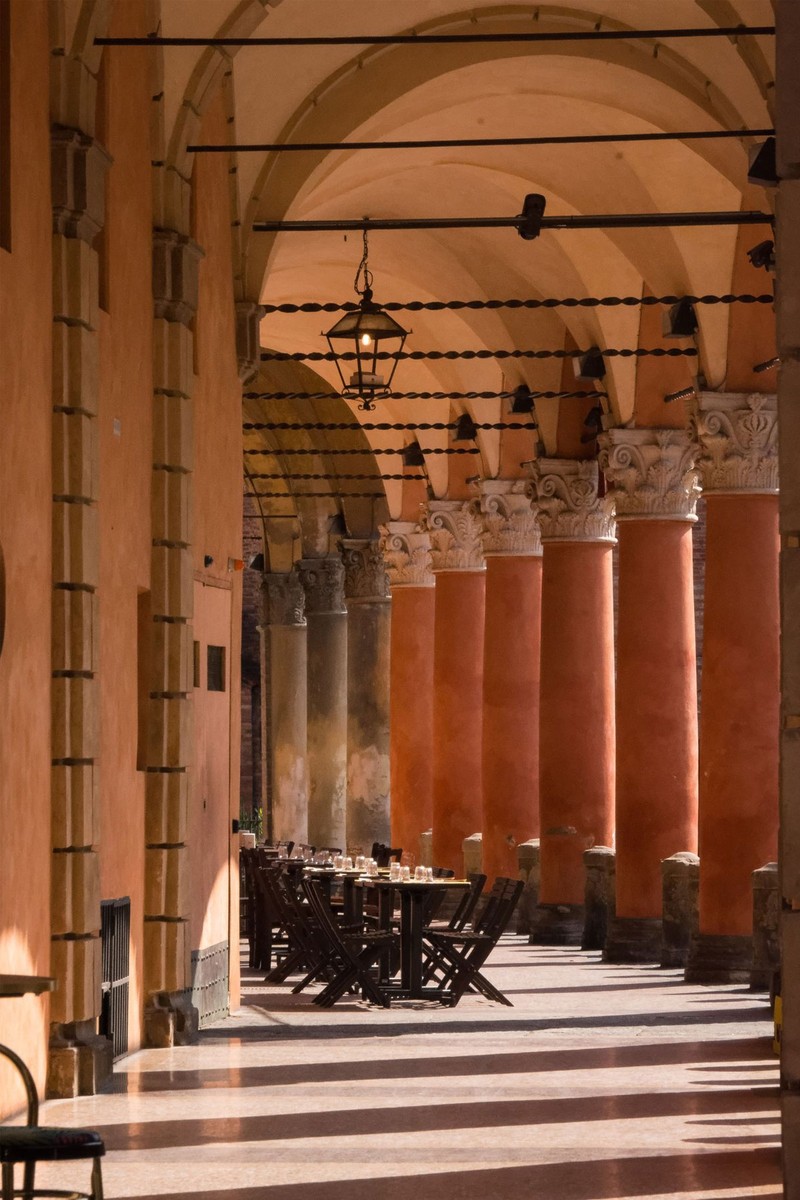

/https%3A%2F%2Fsheerluxe.com%2Fsites%2Fsheerluxe%2Ffiles%2Farticles%2F2022%2F11%2Femilia-romagna-image-5.jpg?itok=eOgwN1jN)
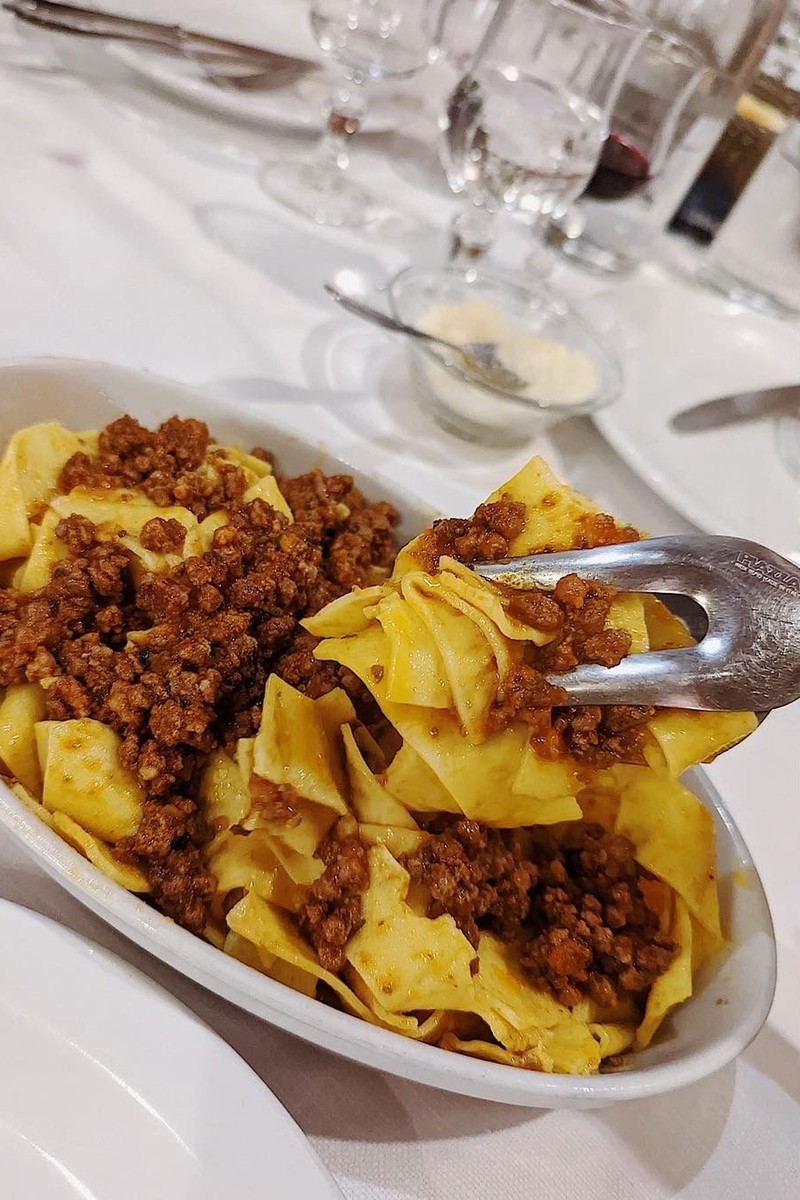
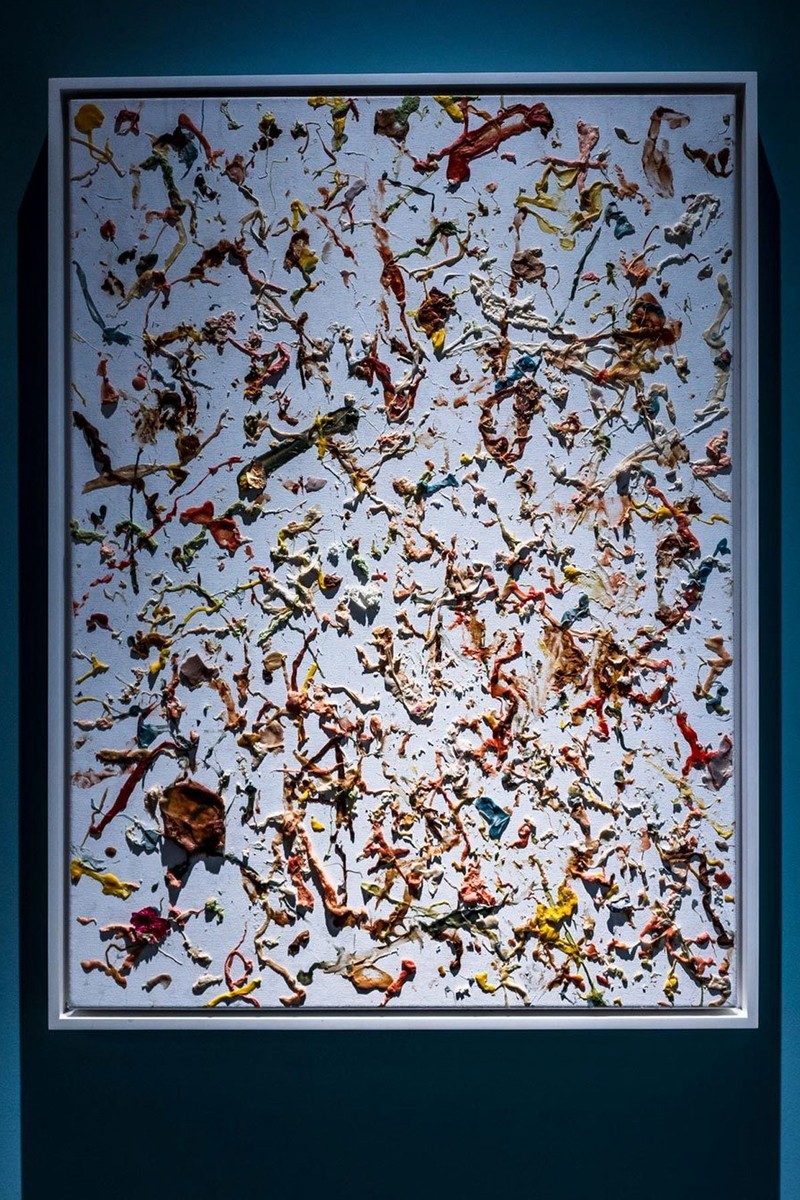
/https%3A%2F%2Fsheerluxe.com%2Fsites%2Fsheerluxe%2Ffiles%2Farticles%2F2022%2F11%2Femilia-romagna-image-9.jpg?itok=8-5JR65p)

